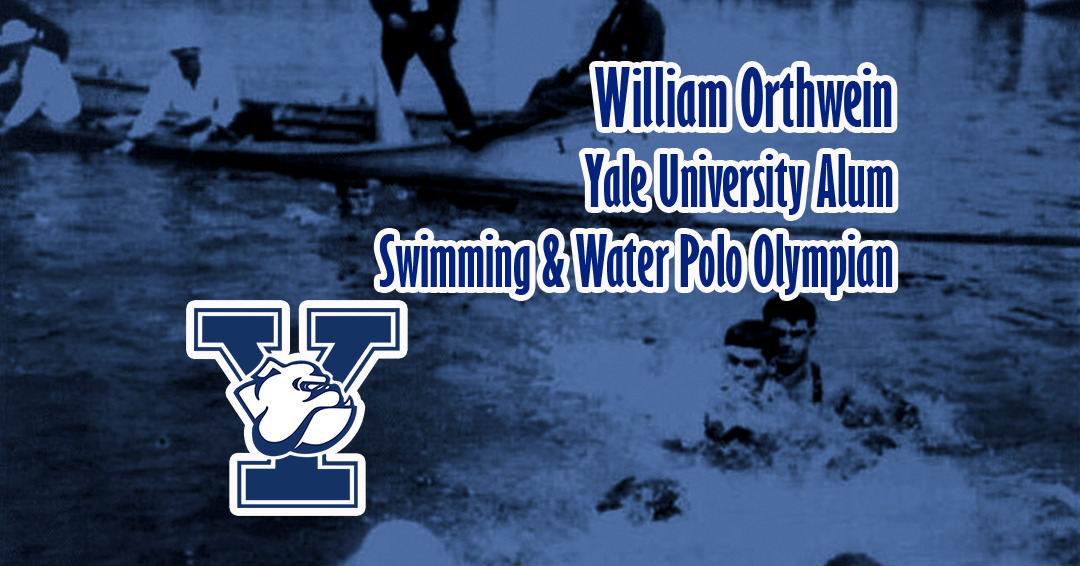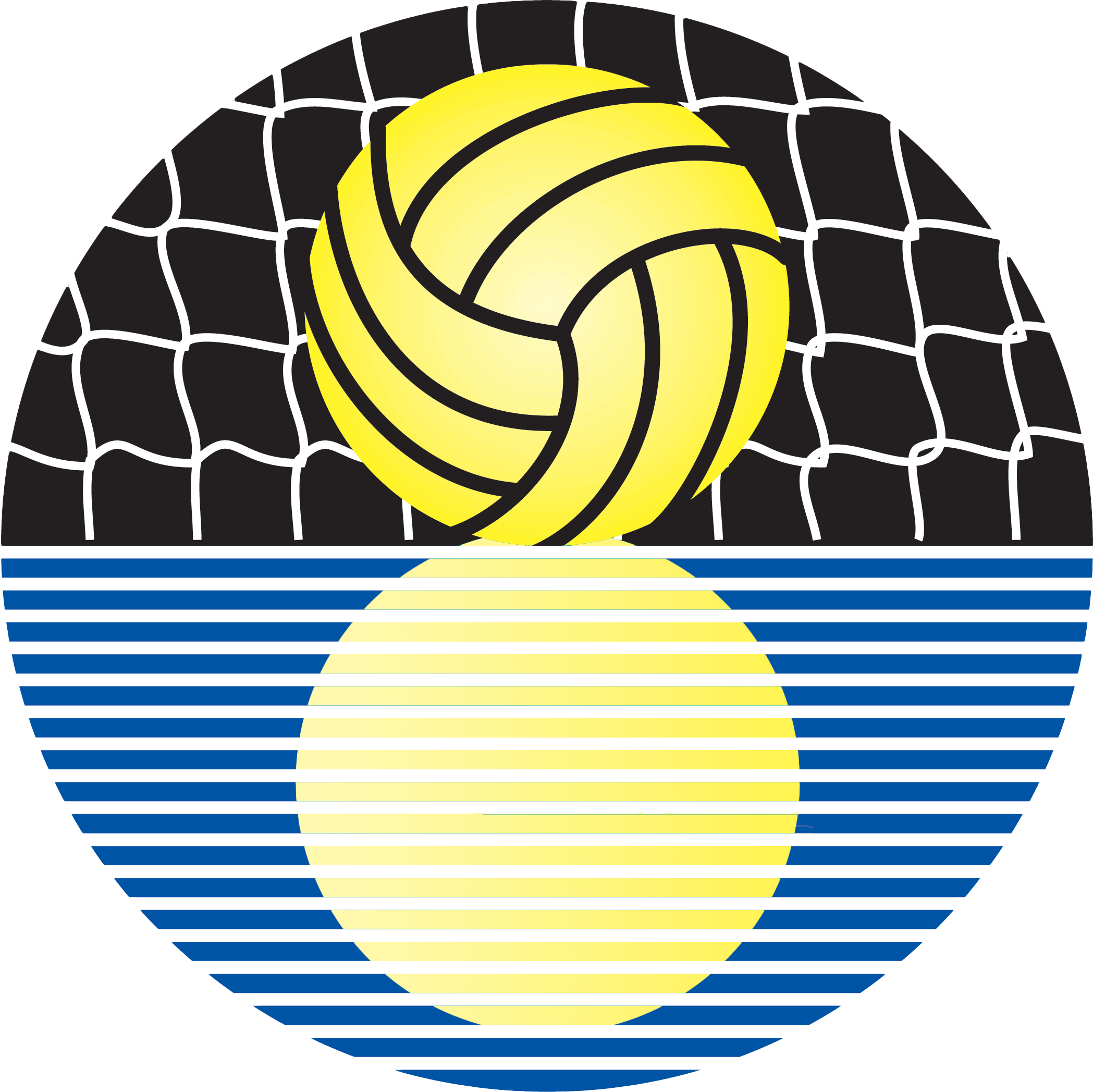BRIDGEPORT, Pa. — In the run-up to the Olympic Games in Tokyo, the Collegiate Water Polo Association (CWPA) looks back at athletes from member institutions that competed in the Olympics dating back to the earliest competitions in water polo.
The son of St. Louis area German-born grain merchant William D. Orthwein, William Robert Orthwein was born on October 16, 1881.
A graduate of Yale University – who was arrested and fined in November 1902 while at Yale on charges of assaulting a ticket seller for a Yale-Harvard football game – Orthwein competed in the 1904 Summer Olympics hosted in St. Louis as a freestyle and backstroke swimmer and water polo player. It marked the first time the Olympics were hosted outside Europe.
The Olympics were not a true international affair as tensions caused by the Russo–Japanese War and the difficulty of getting to St. Louis in 1904 contributed to the fact that very few top ranked athletes from outside the US and Canada took part in these Games. Only 62 of the 651 athletes who competed in all the events came from outside North America, and only between 12 and 15 nations were represented in all. Some events – including water polo – combined the United States national championship with the Olympic championship. The medal count was also skewed as the host nation won 239 of 283 presented medals – including 78 of 96 Gold Medals.
Competing in the first Olympics to utilize the current three-medal format – gold, silver, and bronze for first, second, and third places – Orthwein won a bronze medal as a member of American 4×50-yard freestyle relay team and as a member of the Missouri Athletic Club water polo team which placed third among a group of three American teams (New York Athletic Club, Chicago Athletic Association, Missouri Athletic Club). In addition, he placed fourth in the 100-yard backstroke.
Missouri placed third at the Olympics – but the games and the finish did have some controversy. The German team withdrew when they discovered that the contests would be conducted with a partially deflated ball, which at that time resembled a volleyball, and that goals could only be scored if a player in possession of the ball held it stationary in the opposing goal. Further, the Missouri Athletic Club refused to play the Chicago Athletic Club for the silver medal. Finally, the competition took place at Forest Park, the location of both the Olympics and the World’s Fair, in a pond called “Life Saving Exhibition Lake”. The name would prove to be inappropriate as the water polo players, who were subjected to longer immersions in the polluted and turgid water than either swimmers or divers, were especially affected by the contamination. Due to the immersion in the water, four American players would die of typhoid fever from e.coli bacteria in the water.
Controversy continues to this day as the 1904 Olympic slate did not list water polo as a demonstration sport – although the International Olympic Committee (IOC) records as of today do not recognize the final results due to one nation sweeping all three medals.
Orthwein could follow his Olympic appearance by graduating from the Washington University School of Law. He worked as an attorney and served as the vice president and general counsel of the Kinloch Telephone Company for a number of years.
In his later year, he served as a supply commissioner for the City of St. Louis during World War II. In 1948, he ran unsuccessfully for the nomination of lieutenant-governor in Missouri.
Orthwein died on October 2, 1955 at the Barnes Hospital in St. Louis.
He had three sons – Robert Baldwin Orthwein, David Kent Orthwein and William R. Orthwein Jr. His namesake would go on to make his own mark in the St. Louis community as a generous philanthropist. Over the years, he donated millions of dollars to the St. Louis Symphony Orchestra, the St. Louis Science Center, the Missouri Botanical Garden, and the Saint Louis Zoo, where they established the Orthwein Animal Nutrition Center. Orthwein served on the Boards of Trustees of the Boy Scouts of America, the Missouri Historical Society, the United Fund (now the United Way), and St. Luke’s Hospital. He also endowed the William R. Orthwein chair at the Washington University School of Law.
The younger Orthwein and his wife founded the William R. and Laura Rand Orthwein Foundation 2004, which donated US$2.5 million to the Yale School of Medicine to support scholarship in Ophthalmology and Visual Sciences in 2007. In 2015, posthumously, the foundation donated one million dollars to ‘The Muny’, an outdoors amphitheater in St. Louis.
In addition, Orthwein has a connection to the New England Patriots recent success in football and the former National Football League (NFL) presence in the city of St. Louis.
His brother, Percy Orthwein was co-founder and president of the D’Arcy Advertising Company. The firm was in charge of advertising for Anheuser-Busch, the family business, as he married Clara Hazel Busch, the daughter of August Anheuser Busch Sr., the Chief Executive Officer of Anheuser-Busch. Their son – the nephew of William Robert Orthwein – James Busch Orthwein served on the board of directors of Anheuser-Busch from 1963 to 2001. In 1997, Orthwein held 1.6 million shares in Anheuser-Busch, more than any other company insider with the exception of his first cousin, chairman and president August “Augie” Busch III – who previously served as Chief Executive Officer and Chairman of the Board of Directors for the American Broadcasting Company (ABC).
James Busch Orthwein purchased the New England Patriots from Victor Kiam in 1992, when the latter was facing bankruptcy and owed him millions. The purchase price was $106 million. During his ownership, Orthwein hired Bill Parcells as head coach and oversaw the drafting of first-overall draft pick quarterback Drew Bledsoe. He planned to relocate the Patriots franchise to St. Louis, renaming the team the St. Louis Stallions. However, those plans were derailed when Boston paper magnate Robert Kraft, owner of Foxboro Stadium thanks to buying it out bankruptcy from team founder Billy Sullivan, refused to accept a buyout of the facility lease. Kraft used his ownership of the stadium to stage a hostile takeover, offering to pay $175 million for the Patriots franchise knowing that Orthwein no longer wanted the team if he could not move it to St. Louis. Although future St. Louis/Los Angeles Rams owner Stan Kroenke offered to buy the team for $200 million and move it to St. Louis – as the Rams would later move to St. Louis and then back to Los Angeles – Orthwein would have been saddled with all relocation expenses making Kroenke’s bid less financially beneficial. He also would have been responsible for any legal expenses as Kraft intended to use the courts to enforce the lease. With no other choice, Orthwein accepted Kraft’s bid on January 21, 1994, to keep the Patriots in New England.




